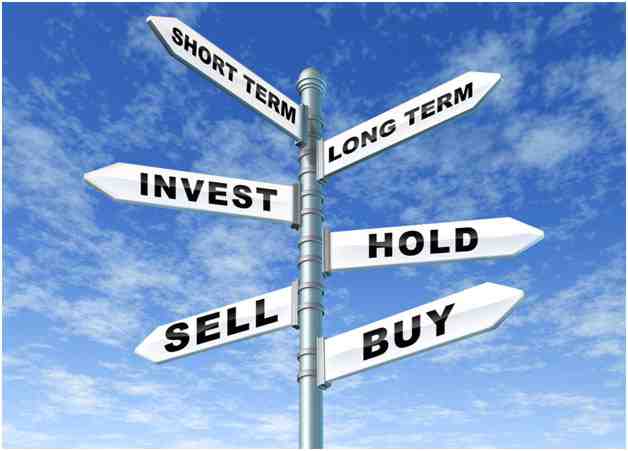Let’s get things straight: “buy and hold” was, and still is, the best investment strategy. That definitely is counter-intuitive to most of us, certainly in 2016, as, since the summer of 2014, markets have behaved in a very nasty way. Also, stock indexes remained near all-time highs, refused to break down, but that is not reflecting a true collapse of many stocks.
The prerequisite for a successful “buy and hold” strategy, however, is a very decent selection of assets and companies. Now that is where it goes wrong for most investors. During ‘normal’ times, stocks go up over time, and retrace slightly with stock market corrections (with the exception of 2008-alike events). In the last few years, however, central bank policies have disrupted normal behavior of markets, leading to substantially higher volatility, and much more difficult market conditions. We explained that in our May 2016 webinar, and it is a key theme of Investing Haven.
In other words, this ‘new world’ (in 2016 and later) puts a lot of pressure on investors, as it necessitates a very high level of effort and insight. The amount of homework to investors has certainly increased, and, without it, success is based on luck.
New Normal
Let’s quickly review the behavior of markets since the summer of 2014:
- Crude oil has gone through its sharpest correction ever, losing more than 70% in 18 months.
- The dollar rally was the sharpest in many decades.
- Stock markets went through 3 flash-crashes, never seen before.
- Many individual stocks lost between 50 and 70% of their value as the indexes remained close to all-time highs.
Admittedly, this is not a market for undisciplined investors. Market movements have become extremely sharp since 2013.
Buy And Hold But Only Growth Plays
Still, in these market conditions, buy and hold makes definitely sense, with the prerequisite a decent selection of assets and stocks (an absolute pre-requisite). It is easy to calculate the value of a basket of assets in 2013 and compare it with today’s value. This is what happened since then:
- Most stocks rallied sharply in 2013/4, corrected since then, and are now moving higher again (we expect much higher prices as RISK ON is making its comeback).
- Crude oil sold off big time, but, since February of this year, the most qualitative companies has gained substantially. Think of large companies like Exxon or Chevron, but also some mid-caps or small-caps. Again, the key word here is “quality”.
- Gold and silver stocks have gone through a monster rally in 2016, gaining back everything they lost between 2013 and 2015.
- Technology companies, at least the best-in-class, are at all-time highs.
Investors could certainly have made lots of money if they sold ‘high’, but that would definitely have lead to a ‘seduction’ to trade more which would not necessarily have had a ‘happy end’ given the extreme market behavior in the last 2 years (and especially in 2015 and 2016).
The key word in all this is GROWTH. Only companies with a decent track record when it comes to growth should be considered. Past growth is not sufficient, future growth is a minimum requirement as well.
Conclusion
Our point is that “buy and hold” is certainly a valuable strategy, no matter which sector(s) you have chosen, but only if best-in-class companies (read: with a strong growth and growth prospects) should be in your portfolio. Getting rid of companies that are not fundamentally strong is the most important challenge to each investor going forward.
Though “buy and hold” will not be the best strategy forever, it will certainly continue to be a recommended strategy in the short and medium term.



